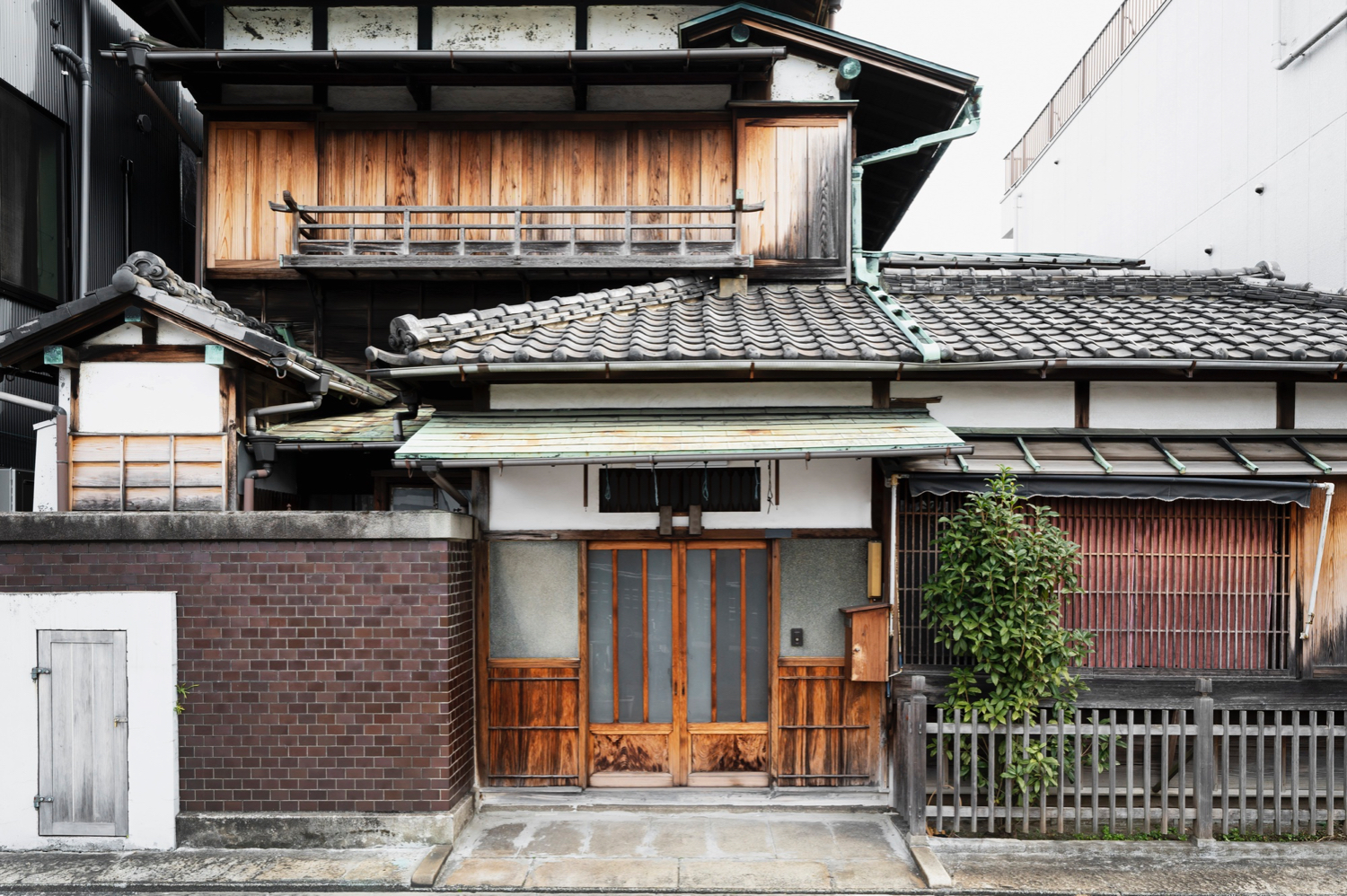
Understanding the Revised Akiya Law: Key Points
The “Act on Promoting Measures to Address Vacant Houses (also known as the ‘Akiya Law’)” was originally enacted in February 2015 in Japan to address the increasing number of vacant houses in the country. Despite that, the number of akiya houses has continued to rise; as of 2018, there are over 3.5 million akiyas in Japan, almost doubling in two decades. In response, the government is working to revise the law to promote appropriate management, removal, and utilization of existing akiya houses. The proposed revision has been approved by the Cabinet in March 2023 and is expected to take effect by the end of fiscal 2023. In this article, we will provide a breakdown of the key points of the revised law and the potential impact on the akiya market in Japan.
Index
1. Overview of the Revision
– Designation of “Inadequately Managed Akiya” & Revocation of Tax Exemption
– Simplified Substitute Execution Procedures
– Establishment of “Akiya Utilization Promotion Area”
– Designation of “Akiya-Supportive” Non-Profit Organizations
2. What are the Potential Implications on the Akiya Market?
– Increased Influx of Akiya into the Market
– Easier Utilization of Akiyas in the Designated Areas
– Early Termination of Akiya Financial Aids
1. Overview of the Revision
The revised law has three main targets: further promoting the utilization of akiya, ensuring that akiyas are appropriately managed, and making it easier to remove specific akiyas that are bad for the surrounding neighborhood. With this in mind, let’s take a look at some of the key points of the revision:
– Designation of “Inadequately Managed Akiya” & Revocation of Tax Exemption
With the revision, mayors of local municipalities can now designate akiyas in certain conditions as “poorly managed akiyas.” These houses will be subject to the guidance and recommendation by the local government. Failure to comply will result in the cancellation of the special tax reduction for residential land, and the property tax on the land may increase to three to six times the current rate.
– Simplified Substitute Execution Procedures
Procedures that required specific steps in advance of administrative subrogation (e.g., demolition of the akiya) will be simplified to facilitate the appropriate removal of akiya houses in emergencies.
– Establishment of “Akiya Utilization Promotion Area”
Municipalities can designate “Akiya Utilization Promotion Areas” where the imposition of certain provisions of the Building Standards Act can be relaxed to facilitate the renovation and use of akiyas. For example, restrictions on road access may be lifted upon rebuilding the house, or setting up a shop or café in residential areas, which was previously considered unfit due to the zoning, may be allowed. However, the akiya in question must comply with the municipality’s akiya utilization guidelines and other relevant regulations to ensure safety and appropriate use.
– Designation of “Akiya-Supportive” Non-Profit Organizations
Non-profit organizations (NPOs) and companies engaged in activities to reduce akiyas can now be designated as “akiya-supportive” NPOs and receive special support from the local government to improve access to information and professional consultation for akiya owners and buyers.
2. What are the Potential Implications on the Akiya Market?
If you are in the market as a buyer and are looking to purchase an akiya, you may be wondering – what are the potential implications of all this? Here are some of the effects the revision could bring on the akiya market:
– Increased Influx of Akiya into the Market
Some akiya owners may decide to sell their properties to avoid paying the increased propery tax. This may lead to an increase in the supply of akiyas for sale, thereby increasing the liquidity of the akiya market. The overwhelming supply may also lead to a drop in selling prices, which is excellent news for buyers, but not so much for sellers, as less attractive akiyas may take longer to sell and at a lower price.
– Easier Utilization of Akiyas in the Designated Areas
In the newly designated areas mentioned above, it may become easier to rebuild or renovate akiyas that were previously challenging to do so due to regulatory limitations such as road access and floor-area ratio (and also for bureaucratic reasons – it may save you the hassle of hopping from department to department at the city hall, convincing officials and preparing a pile of paperwork.)
– Early Termination of Akiya Financial Aids
Currently, many municipalities offer subsidies and grants to owners to demolish akiyas and to potential buyers to acquire and renovate akiya houses. Such financial aid, which is usually provided on a limited basis, may be discontinued early due to the increased demand resulting from the revision.
Conclusion
While it may seem like a big step, the revision merely defines the framework of the potential new akiya measures, and the concrete strategies and action plans – including where the “Akiya Utlization Areas” should be – are all up for municipalities to decide. So far, none of the cities or towns have published plans in response to the revision or even reacted to this news. EAVES will keep an eye on the matter closely and will share updates as soon as they become available. Sign up for our newsletter to stay informed on the latest developments in the akiya market in Japan!
*Information as of April 6, 2023.



